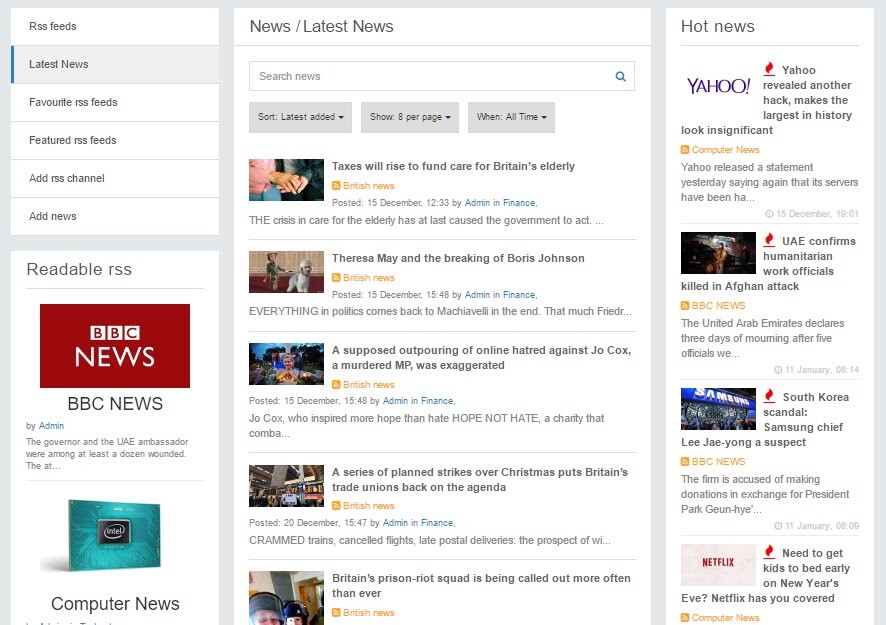
Next.js sites hosted on Netlify (or non-Vercel hosts)

You can read more about getServerSideProps on the Next.js website.

Then, each time the page is requested, Next.js will fetch the data, build the XML feed and write the results to the response object as XML data.Įnter fullscreen mode Exit fullscreen mode In this scenario, you'd use the getServerSideProps function as part of a rss.js page. Hosting your Next.js website on Vercel's platform (the creators of Next.js) means you won't have to worry about anything it's perfectly geared up to handling the default Next build output as you might expect. It does this to handle server-side page generation, which is what you'll need to use for RSS feeds, because you can change the response's content type to XML and write the data dynamically. xml files that already exist on the server, then the server needs to otherwise generate some sort of XML data and push it to the response stream that is sent back to the browser.īy default, Next.js generates a build output that includes a small Node server. RSS feeds are a little tricky with statically generated sites because they need to be generated as. However, creating an RSS feed for a Next.js site is surprising not well documented, so I wanted to bring my solution to the web to hopefully solve an issue for someone else, that I had to solve for this very website you're reading right now. This makes it very easy for content readers (such as Feedly) to pull in new and updated content on a regular basis. RSS feeds are an important part of any website that has frequently updated content, such as a blog (we are using WordPress after all!) or marketing-led website.Īn RSS feed is a specific page on a website (usually /rss.xml) which returns all, or part of a website's content as a list in structured XML format. We have a little bit of helpful information on hosting a Next.js site which might dictate how you create the RSS feed, but you can skip to the code if you'd prefer. If you like this article, you'll love the other helpful content I post on Twitter. In part three, we're going to cover an important aspect of any good blogging site or marketing site that is frequently updated: an RSS feed. Using WordPress as a headless CMS with Next.js.Configuring WordPress for use as a headless CMS and setting up a Next.js project.If you've been following along with the series, you'll have come across the previous posts:


 0 kommentar(er)
0 kommentar(er)
